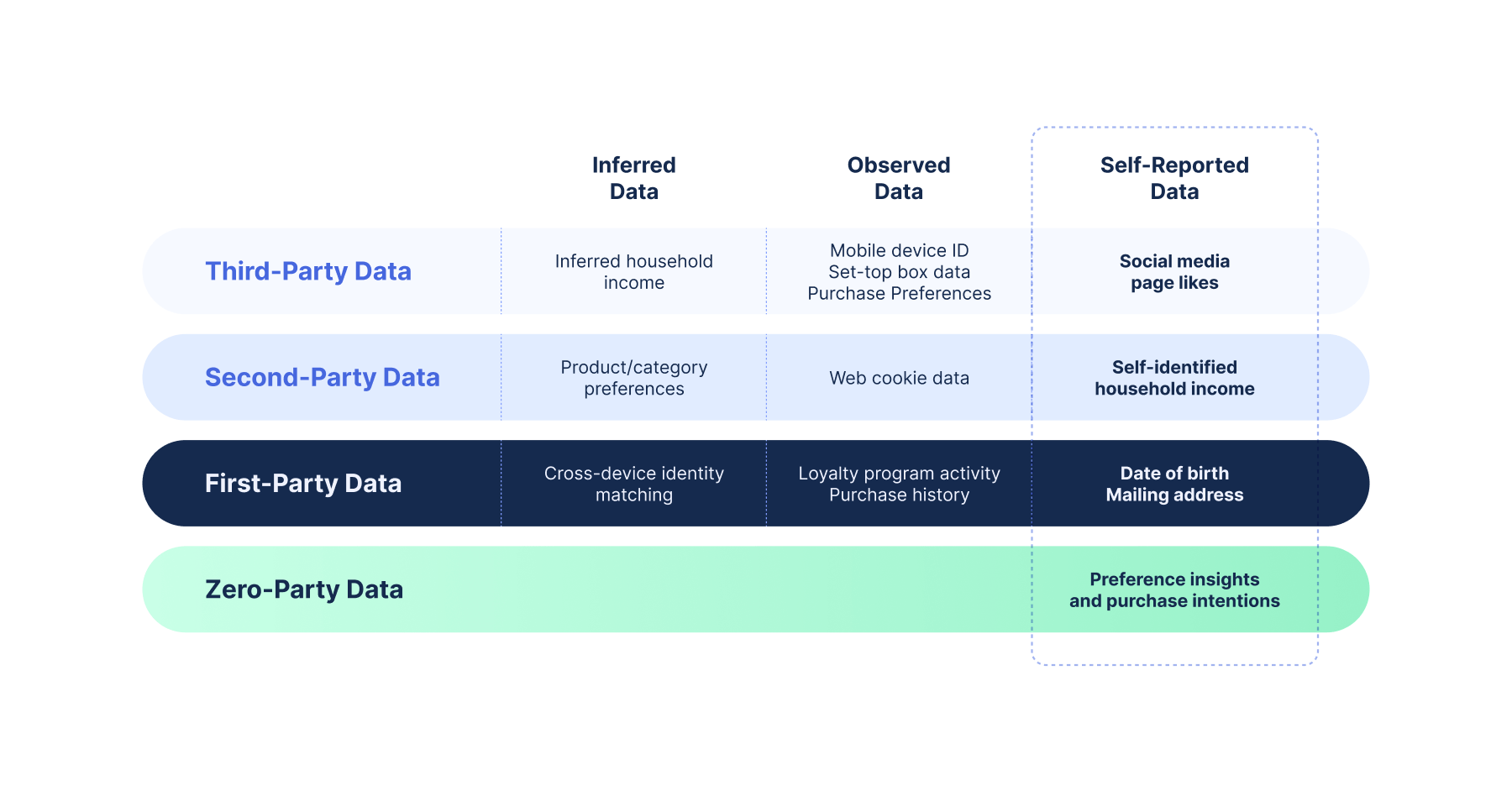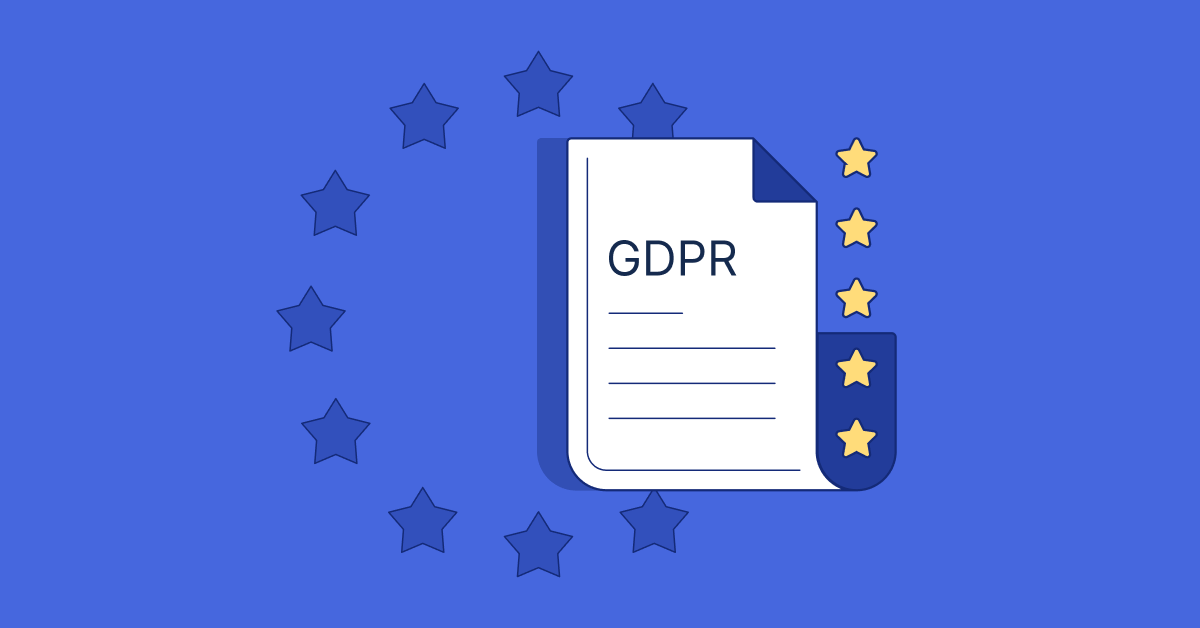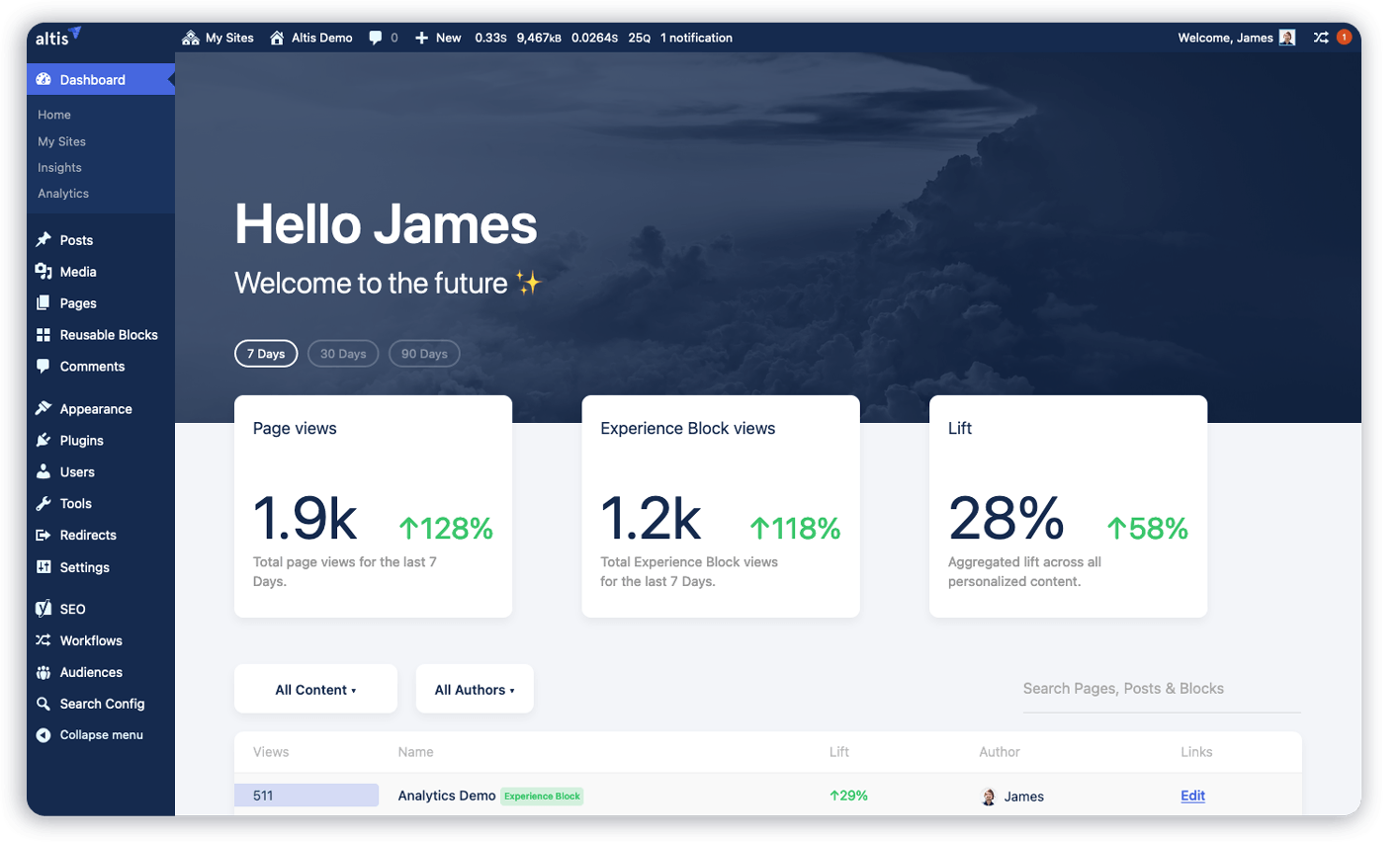When Google first dropped the news in February 2020 that it would be deprecating third-party cookies for its Chrome browser, it sent shockwaves across the business and marketing communities. Only once the dust settled did forward-thinking businesses begin to view this front-page news as an opportunity rather than a calamity.
After all, an over-reliance on a third-party approach is short-sighted. For the past few years, as investment in digital continues to skyrocket, a blend of zero-, first-, second-, and third-party data became the status quo across most of the marketing world. Regardless of the options available, though, third-party remained the go-to cookie for the majority of marketing teams.
Still, despite the fact Google has somewhat tempered the initial panic by delaying the demise of third-party cookies until 2023, the message remains clear: third-party data will eventually be phased out.
Start preparing for a cookieless future (third-party, that is), or you could find yourself in a serious mess. Sites built on WordPress are no exception – but it’s not as hard as you might think to make the shift away from third-party data as well.
Third-party, make way for first-party data strategies
Arguably, the silver lining of third-party data’s inevitable extinction is the cookie-shaped hole it’ll leave for a new protagonist to take centre stage. Step forward, first-party data.
In the context of personalisation, first-party data is effectively behavioural data that’s been gleaned from a brand’s website or other owned platforms, such as mobile apps or CRM systems. This could include general browsing behaviour such as dwell time, bounce rates, and click-throughs; or transactional data, such as purchases, downloads, and completed forms.
The main benefit of the first-party cookie is that it’s data that’s willingly shared by the user.
And gathering this information is a good thing. Increasingly, online users expect some levels of digital personalisation as a matter of course. By lifting the sophistication of those tailored experiences, you’re setting yourself apart from rival brands competing for their attention.
Of course, the main benefit of the first-party cookie is that it’s data that’s willingly shared by the user. This isn’t data purchased from a third-party platform or website, where accuracy is questionable, prices are at a premium, and user consent can often be unproven.

Comparing characteristics of different data types. Image source: cheetahdigital.com
After all, what better way to deliver personalised experiences and build authentic relationships than using data you know you can trust directly from the source, through platforms and native analytics you own?
This not only allows marketers to build better, more relevant experiences for their prospects and customers – it also allows them to operate safely and securely within regulatory guidelines.
Data privacy laws have, quite rightly, tightened considerably over the past few years. GDPR continues to govern in the UK and Europe, and while the USA doesn’t possess an overarching data protection legislation, individual states are beginning to introduce tougher laws that bring them further in line with their European counterparts.

The European Union introduced the General Data Protection Regulation (GDPR) in 2018, the toughest data security and privacy law in the world.
The use of first-party data eliminates much of the regulatory risk associated with purchasing customer data from third-party platforms and websites, making it a much more attractive alternative. But there’s no need to stop there…
One step beyond: the rise of zero-party data
Where first-party data typically relies on a one-off acknowledgement of consent from the user, zero-party data (or explicit data) is an ongoing understanding where people proactively share their insights and preferences with a brand.
Be that personal context, purchase intentions, or in-depth demographic insight, zero-party data is undoubtedly the most valuable data a brand can collect, as it allows them to build the most meaningful and relevant experiences.
Why resort to guesswork, when your customer is telling you exactly what they want?
Armed with zero-party insights, brands don’t have to speculate about user intentions and preferences based on website behaviour. Why resort to guesswork when your customer is telling you exactly what they want?
In the physical retail world, for example, when visiting a store to buy a new item of clothing, you wouldn’t hesitate to provide your shop assistant with a host of helpful personal information, such as size, price, or style and colour preference.
Amazon famously uses zero- and first-party data to provide highly-relevant product recommendations.
In the same vein, zero-party data collected online essentially mirrors this interaction but can dive even deeper into an individual’s unique preferences, such as historical purchase behaviour. When you introduce predictive insights into the equation, marketers can even elevate the relationship by suggesting additional products and services the customer may not even know they needed.
70% of customers would stop buying from a brand outright should their trust be broken.
What marketers must remember when seeking out zero-party gold dust is that, with great power comes great responsibility. To share more in-depth information about themselves, customers really have to trust a brand, and should that trust be broken, then they are justifiably unforgiving.
Indeed, research shows that 70% of customers would stop buying from a brand outright should their trust be broken. And, most tellingly, the same report found that breaches in trust typically came from misuse or poor management of data, including unsolicited online tracking, unclear privacy policies, or persistent comms even when customers had opted out.
For marketers, trust can take months and years – dozens, hundreds, or even thousands of interactions to earn. But it only takes seconds to break – and once that trust is compromised, it’s almost impossible to re-build.
First-party and zero-party data are digital marketing priorities, but key challenges remain
It’s clear, then, that brands possess a responsibility to use customer data in a responsible and transparent way, and that this must be powered by the right tools and technologies.
The importance of the first-party cookie isn’t lost on marketers, either; research shows that 9 out of 10 marketers say first-party data is important to their digital marketing efforts, while 88% say collecting more first-party data is a top priority.
Of course, revolving your customer experience (and wider business) strategy around first-party data isn’t exactly straightforward. If it was, then the digital marketing world would have evolved to first-party cookies years ago.
44% of businesses say an integrated data platform represents their biggest challenge when attempting to deliver real-time, omnichannel personalised experiences.
The biggest challenges facing brands when it comes to adopting first-party data strategies are around technology integration and the adoption of tools and platforms to centralise all that disparate data.
According to research, almost half (44%) of businesses say an integrated data platform represents their biggest challenge when attempting to deliver real-time, omnichannel personalised experiences. An additional 81% identified an audience management platform that can centralise and activate data as their key area for investment moving forwards.
First-party data in a WordPress world
While the past few years have borne witness to an explosion of CDPs (customer data platforms) and DXPs (digital experience platforms), brands whose owned platforms are powered by WordPress have found it increasingly difficult to find the right technologies (such as marketing analytics tools) that allow the levels of integration and centralisation they crave.

Altis is a DXP for WordPress that provides analytics and insights driven by first-party data
And those using WordPress are a big number: over a third of the internet is powered by WordPress, and scores of Fortune 500 companies use it. In fact, research found 59% of the globe’s top one million most-visited websites use WordPress over any other CMS.
Armed with WordPress and extensions like Altis Accelerate, marketers can feed first- and zero-party data into their native digital analytics, getting access to crystal-clear customer insights at speed. This is key to the marketing function – analytics become the engine that measures success, creates the feedback loop for continuous improvement and generates insights that can help teams identify new and future opportunities. This first-party structured data marries our customers’ engagement behaviours with a vast array of other sources such as UTM campaigns, location, device, images, infographics and videos. Without the capability to understand what content our audiences find engaging, the overall marketing strategy becomes less effective.
What’s more, it’s a self-fulfilling cycle. The more quality data – in this case, first- and zero-party – that’s fed through your digital marketing analytics to build an overall picture of each user, the more intricate the individual customer profile becomes as they’re being constantly informed and tweaked.
As the platform consistently optimises its approach based on this insight, marketers gain the ability to serve people with increasingly personalised experiences and deliver even more targeted campaigns that speak intimately to each customer’s unique needs and wants. This, in turn, drives customer loyalty and business growth, further elevating marketing’s value to the organisation.
Want to know more about using first-party data to drive WordPress analytics? We’d be happy to show you.

